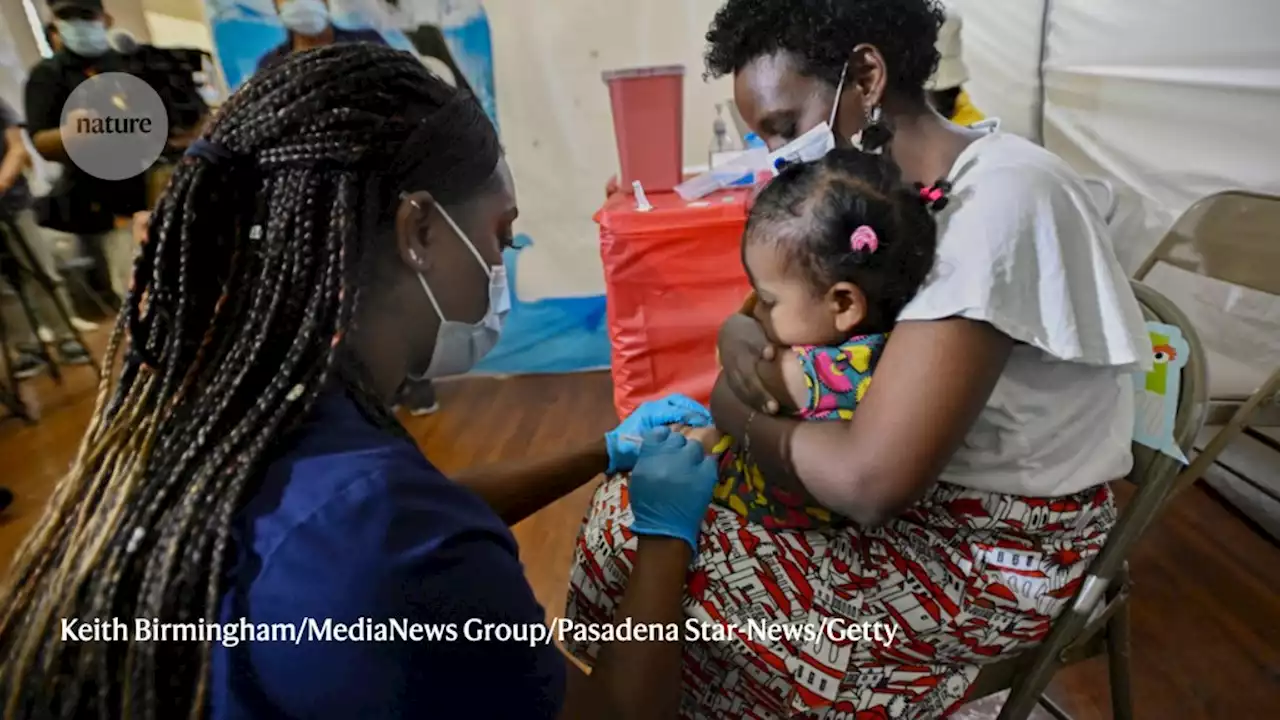Increasing the interval between the first two mRNA-vaccine doses might boost children’s immunity, but it is a gamble as a new variant sweeps the globe.
. But no studies or clinical trials have investigated the effect in infants and toddlers. With a new variant, BA.5, sweeping the globe, many scientists think that it is better to fully vaccinate young children sooner, rather than waiting for their second dose and risking infection.
“You’re delaying the vaccine for a theoretical benefit in the midst of a surge that can do actual harm to children,” says Jessica Snowden, a pediatric infectious-disease specialist at the University of Arkansas for Medical Sciences in Little Rock.
The mRNA vaccine made by Moderna, based in Cambridge, Massachusetts, requires only two doses, administered four weeks apart. The company’s data suggest that two shots are 51% effective at preventing symptomatic COVID-19 infection among children aged six months to two years, and 37% effective at preventing infection among kids aged two to five years. Moderna’s vaccine was approved for use in the United States the day after the Pfizer–BioNTech shot, and was approved for use in Canada in July.
Those interval recommendations can be traced back to the initial clinical trials in adults in 2020. When faced with a global pandemic that was killing roughly 3,000 people in the United States each day at its peak, adults needed protection as quickly as possible. “Time was lives,” says Katelyn Jetelina, an epidemiologist at the University of Texas Health Science Center in Houston. “There’s no science behind why we picked that three-week or four-week window. It’s pretty arbitrary.
The idea of waiting a little longer than the three- or four-week window makes sense immunologically, because the immune system needs time to build its defence. Once a vaccine antigen enters the body, immune cells in the blood, known as B cells, start producing antibodies after a few days. Only some of those antibodies will be able to latch onto the virus and block it from entering a cell.
